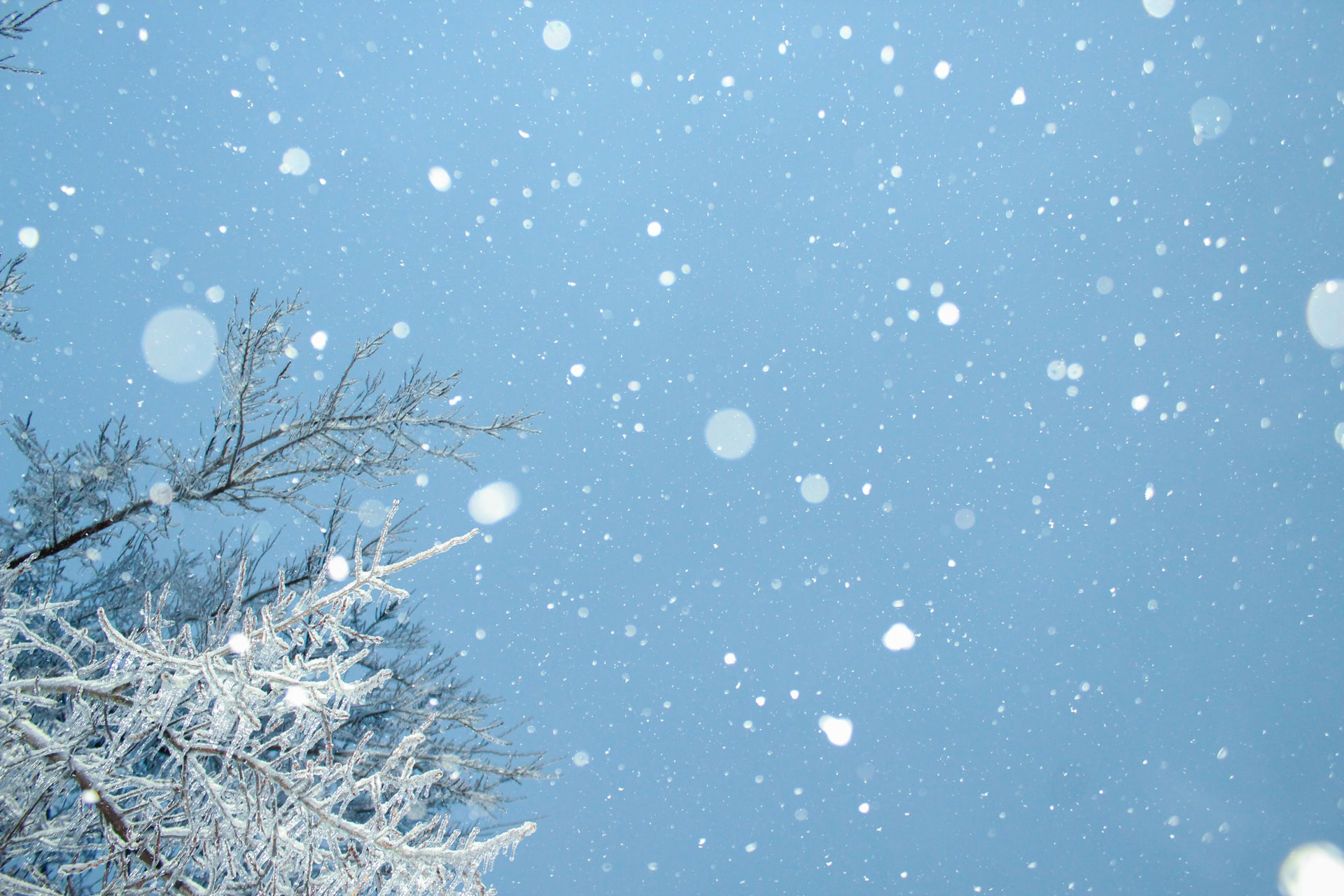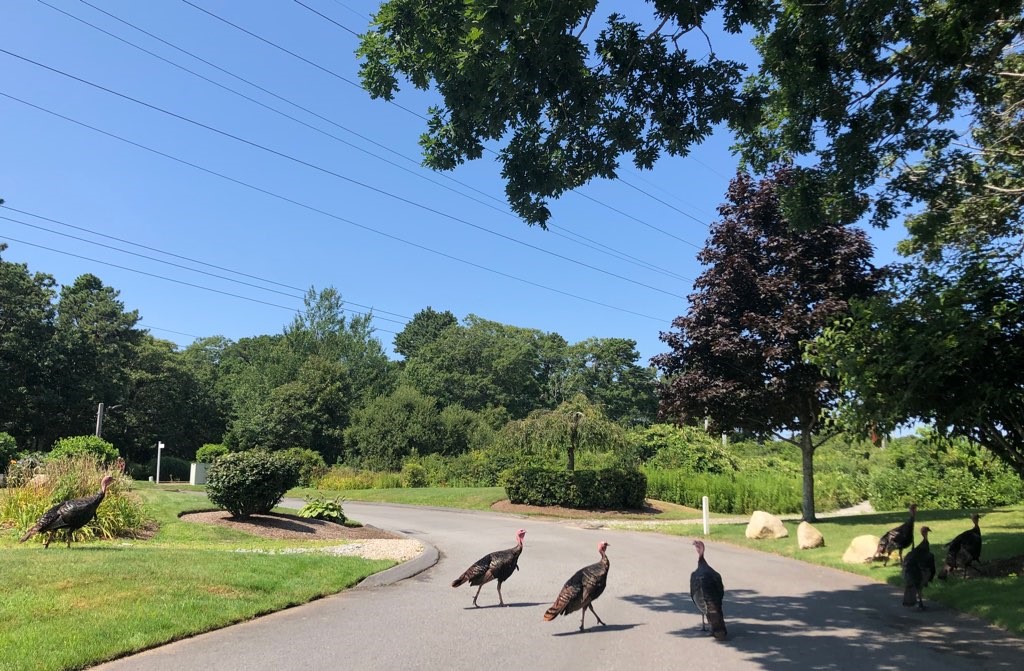With the summer winding down and the cool autumn breezes rolling in, it’s time to start thinking about winterizing Cape Cod Vacation Rentals. The high season might be the warm summer months, but there are plenty of vacationers looking for a winter getaway at a cozy coastal cottage.
In order to advertise Cape Cod Vacation Rentals to adventurous tourists and permanent residents, they first need to be winterized. Instead of boarding up the windows and shutting down the water system until spring, channel your efforts instead into insulating and storm-proofing your investment so you can host another season of tenants.
Even the savviest property owner might need some help on their first winterization project. To get started, we’ve put together a guide to basic winter-proofing for your assets.

Insulate Your Walls
With average January highs of three degrees on Cape Cod, you’re going to need some serious insulation in order to winterize your rental property. Have a contractor help you determine the best way to insulate the walls of your rental against the bitter winter winds.
In some cases, you can blow insulation into the wall through small holes that can be patched later. In others, you need to remove the drywall completely. The latter ensures a more thorough job, as it is sure to leave no gaps in the insulation.
Weatherproof the Exterior
Sealing windows, doors, and any cracks is key to keeping the elements out. This is an important part of storm-proofing your rental property.
Any hole, crack, or loose seal that lets the cold air in will increase heating bills and cause for a drafty cottage – not very much fun for the renter looking for a warm refuge after a wintry day of birding or hiking.
There are two main ways to weatherproof the exterior of your cabin, and in some cases, you might need a little of both. Using weather stripping, a long piece of vinyl or metal to close thin gaps between doors and windows and their frames. On the other hand, caulk, a glue-like adhesive substance squeezed out of a tube, is great for filling tiny cracks in the outer materials of the building.
Heat the Interior
While you may not need heating in Cape Cod rentals in the summertime, you’ll definitely need a heat source – no matter how well insulated it is. Fortunately, there are lots of efficient heating options that can help reduce both cost and environmental impact – all while enjoy a comfortable, warm space. Combine heating with insulation and sealant and – voilà – you’ve got yourself a winterized rental property.
Today’s furnace systems include conventional and condensing boilers, the latter of which recovers waste heat. Look for high-efficiency furnace systems – while they might cost more up front, they’ll save you money in the long run. Smaller Cape Cod rentals may only require independent heating units like direct-vent furnaces, which are designed to heat individual rooms and smaller spaces.
Remember to turn your thermostat down to the minimum (usually between 55 and 60 degrees) when the rental is unoccupied to save on your heating bill.
Store Outside Equipment and Toys
Now that the cottage is taken care of, it’s time to think about the stuff you keep outside.
Be sure to store kayaks, boats, barbecues, and outdoor furniture to avoid damage, loss, and discoloration. Be sure to unplug your propane tank, too, for safety. It’s a good idea to invest in a shed or covered area to protect your outdoor equipment without overcrowding the rental home.
Learn More
Want to winterize your Cape Cod rentals, but not sure how to find those snow-loving vacationers? We can help. Our property listing service gives homeowners access to our network of renters and strives to highlight the best of their properties. Request an Owner Information Brochure Online or call us today at (508) 619-7658 for details on what we offer.





